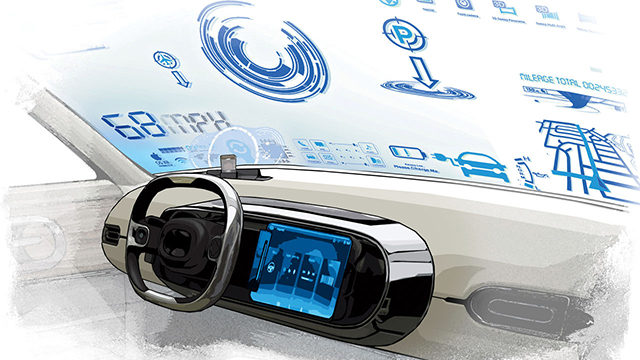Did you ever go to car shows as a kid to see the latest and greatest the motoring world had to offer? I bet the first thing you did, after savouring the exterior lines of your favourite marque, was to stick your head inside and marvel at all the amazing things the R and D department had come up with. Dashboard buttons, gauges and gizmos that you could look forward to playing with one day. Dashboards back then had come a long way from the ‘old days’, and have come a lot further since.
In fact, the very first dashboards weren’t even used on cars, but were used on horse carriages to stop the driver being splashed by mud that had been ‘dashed up’ by the horses and consisted of little more than a board of wood. Instrumentation layouts and ergonomics certainly weren’t a consideration in the earliest days of motoring. Layouts for even the basics like brakes, accelerators and gear shifters hadn’t even been standardised, let alone the dashboards. Fast wasn’t a concept back then so speedometers weren’t needed. What about a fuel gauge? Use a dip stick my friend.
As the technology dragged itself out of the primordial swamp, cars got faster because engines got bigger, better and more advanced. Information about things like speed and RPM became necessary. So too did information on things like oil pressure and voltage. Early warning signs of an engine’s impending doom are always helpful. With the basics taken care of, attention could be given to convenience items such as fuel gauges and clocks.
Analogue gauges ruled the roost, all the way through from the 30s to the 70s until the digital era in the mid-seventies with the introduction of the futuristic but prohibitively expensive Aston Martin Lagonda. However, the industry never really embraced this new technology which was in its infancy and instead elected to keep analogue displays until something better came along.
Meanwhile, advances in creature comforts like climate control, trip computers and sound systems meant stuffing more and more gadgets and buttons into a finite space. Something had to change, not only from a dash point of view and how basic information was presented, but also how it would integrate with everything else, not to mention the new kids on the block; phones and navigation systems.
Enter BMW’s iDrive in the early noughties. Effectively a round knob in the centre console, it was the car’s ‘nerve centre’, controlling everything from power modes, navigation, sound and phone settings. The display was still in the conventional dash position but to navigate through its maze of menu selections was tedious. Although it was an improvement, it still was a long way from perfect.
The current trend for dashboards and their layout utilizing customizable touchscreen technology seems to be the best of all worlds. Dials have been replaced with a virtual cluster of digitized information that the driver can change. Want to see a map of where you’re going instead of the temperature of the engine? Just swipe your finger. Innovative company Tesla are at the cutting edge of dash design and this can be seen with their incorporation of a single 17 inch touch screen that virtually takes care of everything; car modes, navigation, entertainment, communication, the lot.
Add HUD (Head Up Display) technology derived from the world of military aviation, and new cars will look more at home on the set of Star Wars than driving down the road. Exciting stuff, but just imagine what the future will bring.
